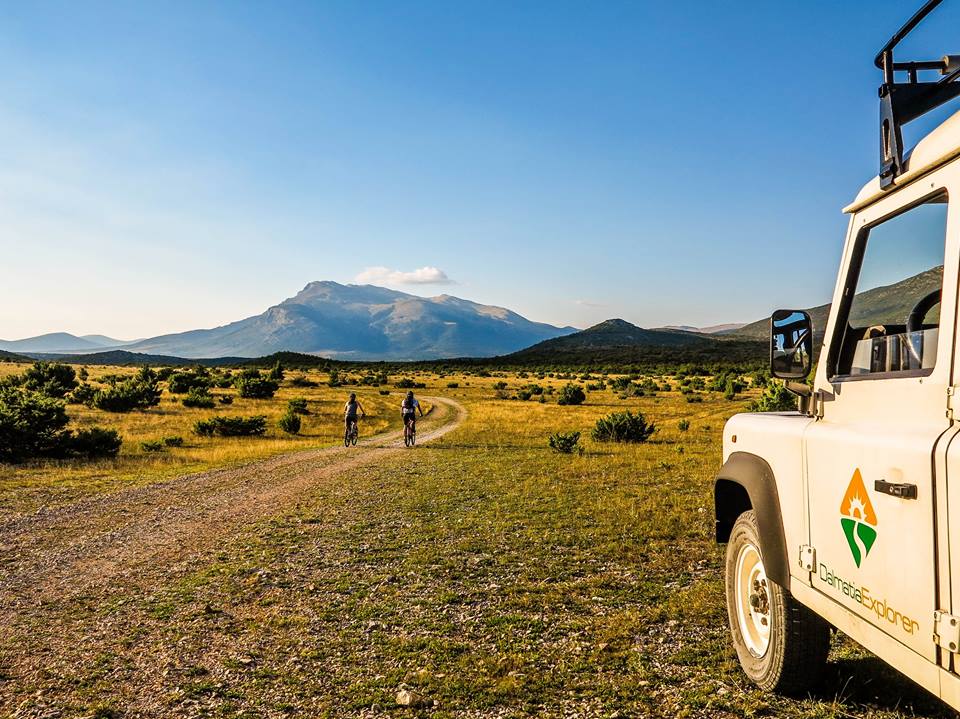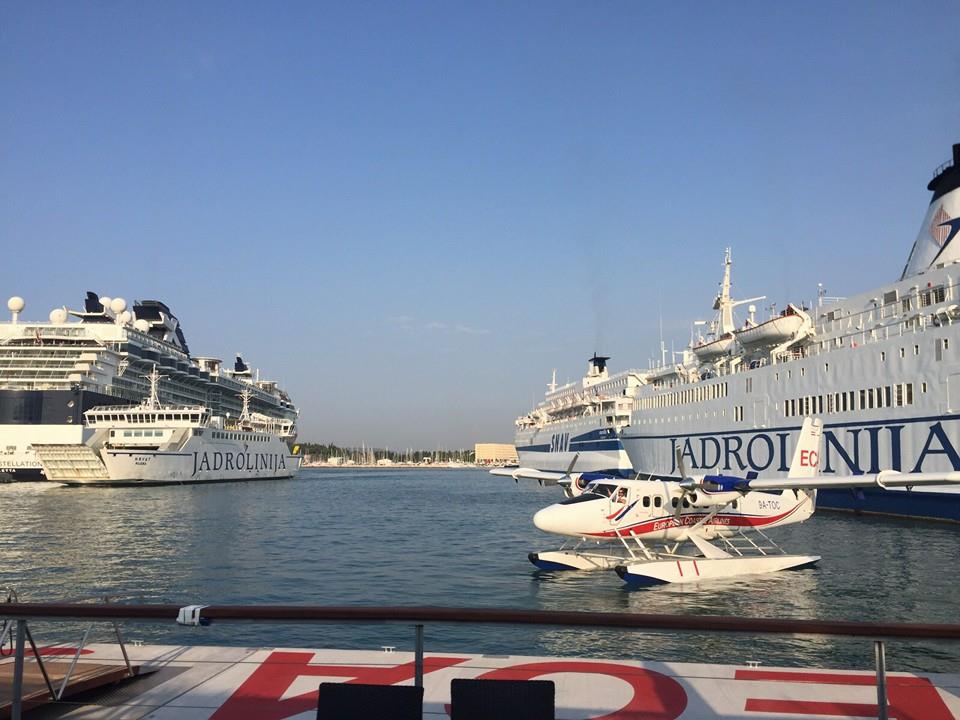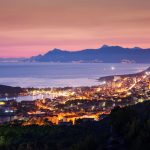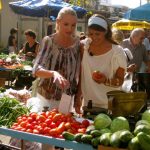Once known as a summer destination for its beaches and islands, the diversity of Central Dalmatia is being discovered by tourists, turning it into a year-round destination.
With gorgeous islands such as Solta, Brac, Hvar and Vis, and an unending coastline whose highlight is the Makarska Riviera, one could forgive tourists for thinking that Central Dalmatia was essentially a summer beach destination, but as the latest official Croatian tourism figures for October show, the region is now outstripping all other regions in the country away from the beach season, according to a report in Slobodna Dalmacija on November 7, 2015.
With the beaches more or less empty (although the late season Dalmatian sun still has some swimming), Central Dalmatia recorded the highest number of visitors in October for any region in the country for the first time, comfortably beating the usual front running Istria, as well as the more fashionable Dubrovnik.

In all, there were some 122,000 arrivals in October (up 9% on the corresponding period last year), and an impressive 20% increase in overnight stays (488,000). Arrivals were 16,000 more than in Istria and a full 100,000 overnight stays more than Dubrovnik county.
The rise of the popularity of Central Dalmatia and the extending of its season is no accident. Once known as the Gateway to the Dalmatian Islands, the city of Split has been the catalyst of much of the growth, as tourists have stopped seeing it merely as a transit stop with a quick tour of the UNESCO World Heritage Site of Diocletian’s Palace, and explored what is becoming one of the hippest cities to visit in Europe. The arrival of the Ultra Europe music festival, named as the best festival in Croatia as the annual Days of Croatian Tourism awards, has well and truly put the city on the map to a new generation of tourists.
“Already last year we began our ascent in the post-season, and this year’s results really are a true indication of how to work together and how the season can be extended to the satisfaction of all. In this success are equally involved the private and public sector, family owners, caterers, agencies, hoteliers and tourist boards,” said Josko Stella, Director of the Tourist Board of the County of Split-Dalmatia.
“We all worked together and agreed, did excellent marketing, special presentations and a series of trainings for the private sector. Advertising through social networks and online marketing have beeen very successful and have led to the extension of the season.”
That marketing campaign has included several new initiatives to persuade tourists that there is much more to Central Dalmatia than the beach. A project to open the extensive Roman road network in inland Dalmatia has been initiated, while there has been a concerted effort to promote the Dalmatian hinterland as a quality activity and adrenaline destination, with a particular emphasis on the creation on new cycling routes.
The lure of Split has been aided by a significant increase in passenger traffic, as more than 80 destinations now connect to the city with low-cost airlines announcing more rotations and longer seasons. Of these, easyJet has significantly increased its interest in recent years, and it has already announced 27 routes to both Split and Dubrovnik for 2016. Split handled 137,000 passengers in October, up 14% on last year, and airport director Luka Novak predicts that Split will pass 2.1 million passengers this year. Growth has been particularly strong from the UK, up 39%. These numbers are set to rise next year, with some 560,000 Brits expected to visit Croatia.

The rise to prominence of Central Destination as a year-round destination was given further prominence at the recent prestigious Days of Croatian Tourism awards in Porec. In addition to the Ultra Festival award and Bol on Brac being named the best authentic coastal destination, the Split Riviera was named the best destination for 12-month tourism under the Croatia365 initiative, and the city of Split the best city break. The launch of the first international scheduled seaplane route later this week from downtown Split to Ancona will make the city even more attractive as a short break, while this year’s Advent in Split festival, starting next month, will be – just like everything else in Central Dalmatia these days, it seems – the biggest and the best yet.










